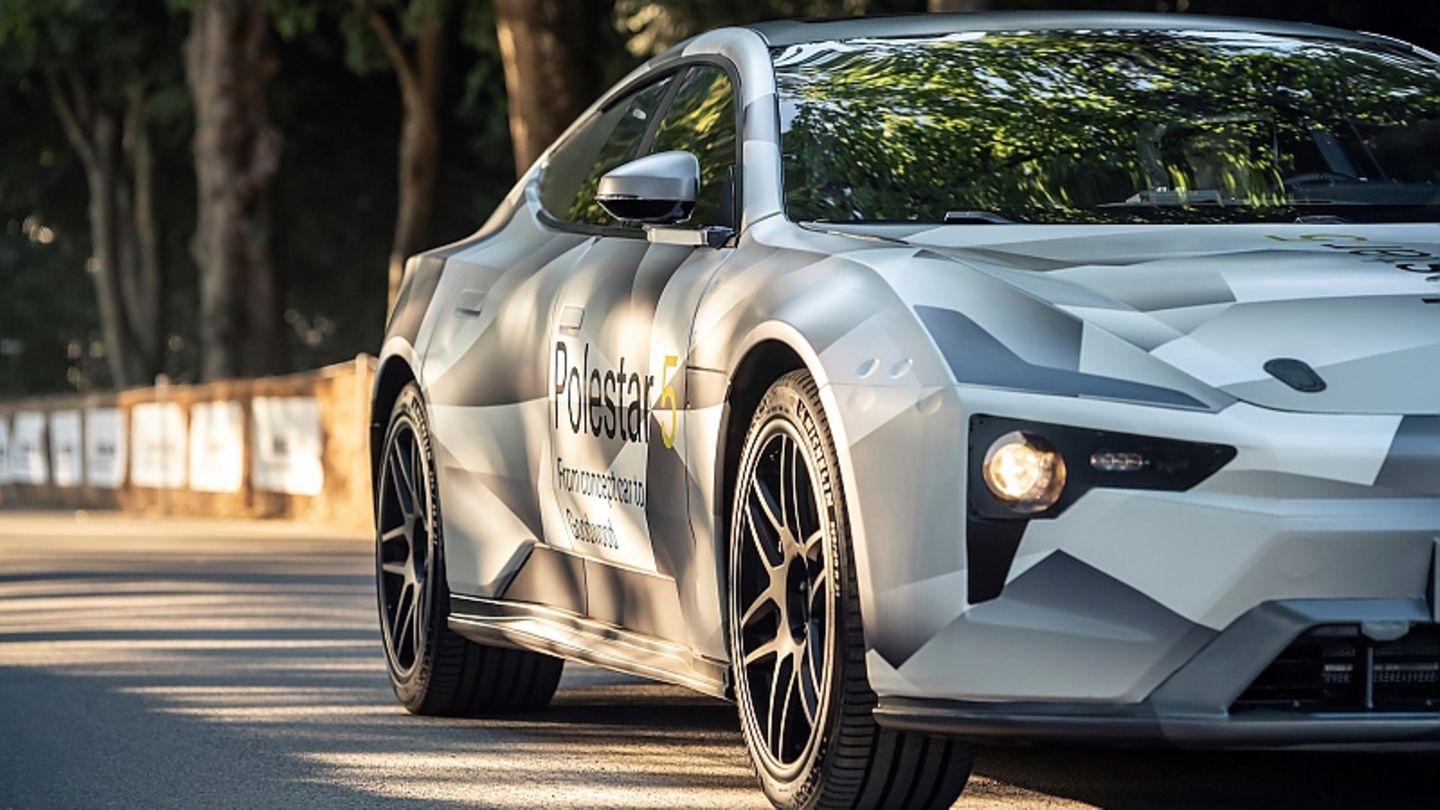I am a 24-year-old writer and journalist who has been working in the news industry for the past two years. I write primarily about market news, so if you’re looking for insights into what’s going on in the stock market or economic indicators, you’ve come to the right place. I also dabble in writing articles on lifestyle trends and pop culture news.
Menu
Reportage : double pass | STERN.de
Categories
Most Read
Car thefts in 2025: These models are the criminals’ favorites
October 19, 2025
No Comments
Driving at night with better visibility: These car headlights help
October 18, 2025
No Comments
Quiz for drivers to refresh themselves: Who has the right of way here?
October 17, 2025
No Comments
Speed limit: When does the sign with the snowflake apply?
October 17, 2025
No Comments
Average speeding: another outstanding debt to reduce road accident rates
October 16, 2025
No Comments
Latest Posts

Basketball: Suddenly five title contenders: Germans are shaking up the NBA
October 20, 2025
No Comments
PierceI am Pierce Boyd, a driven and ambitious professional working in the news industry. I have been writing for 24 Hours Worlds for over five

People: “Stay away!” – David taunts Victoria while cooking
October 20, 2025
No Comments
Lisa HarrisI am an author and journalist who has worked in the entertainment industry for over a decade. I currently work as a news editor

King Charles and Cate Blanchett: Wildflowers
October 20, 2025
No Comments
Lisa HarrisI am an author and journalist who has worked in the entertainment industry for over a decade. I currently work as a news editor
24 Hours Worlds is a comprehensive source of instant world current affairs, offering up-to-the-minute coverage of breaking news and events from around the globe. With a team of experienced journalists and experts on hand 24/7.

